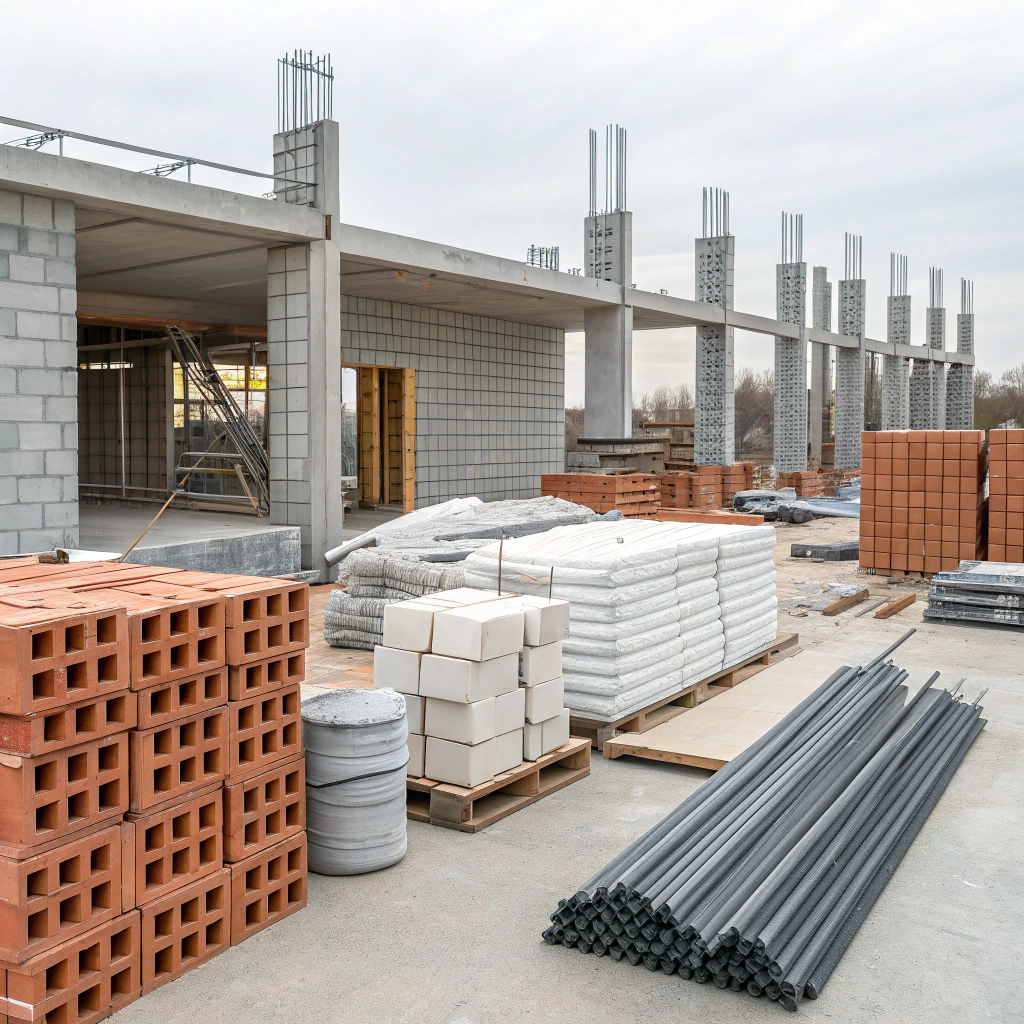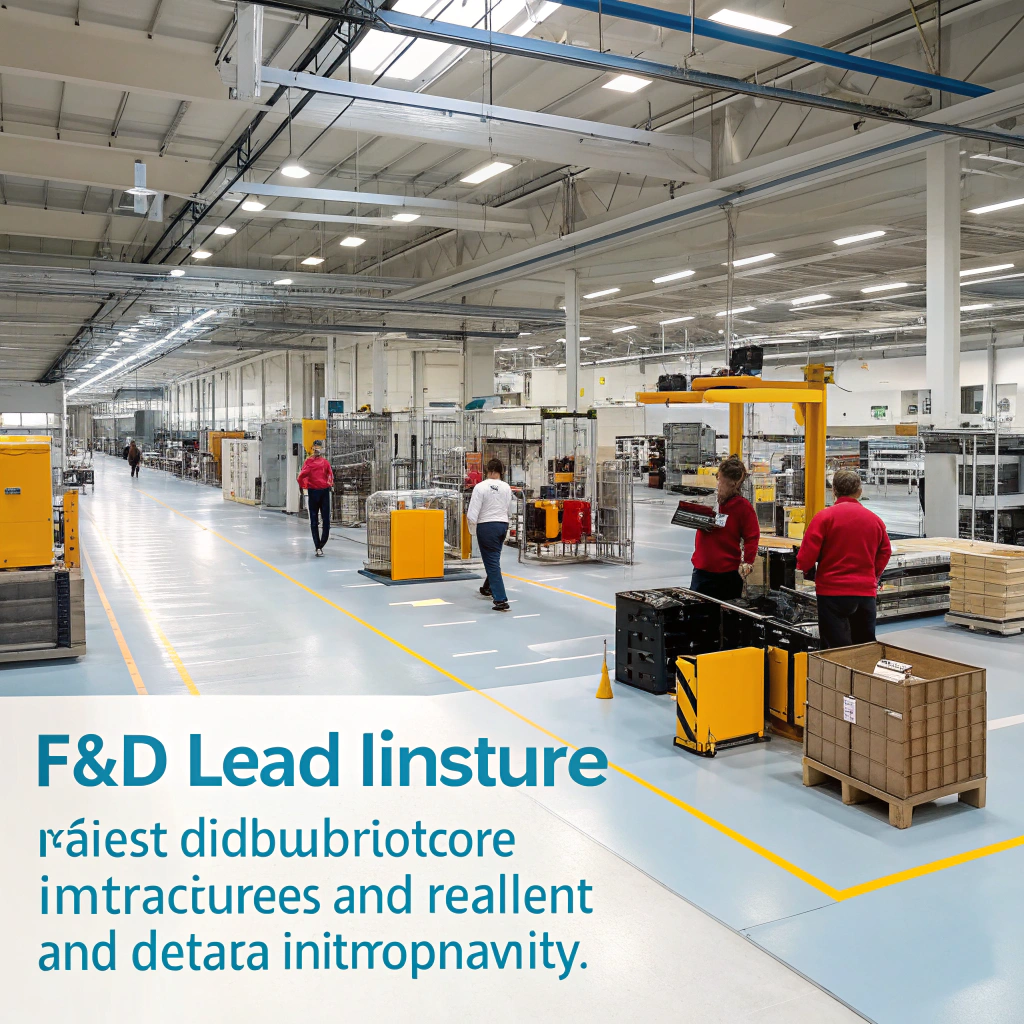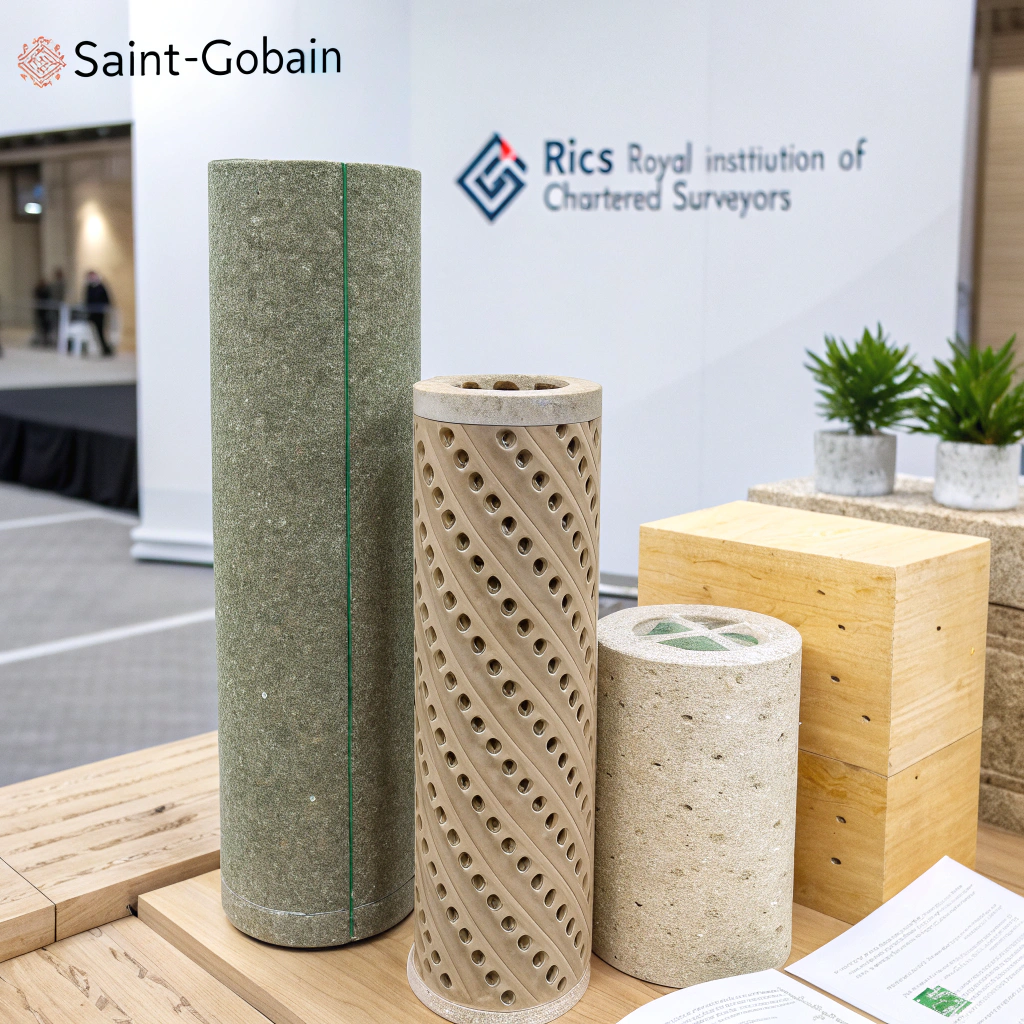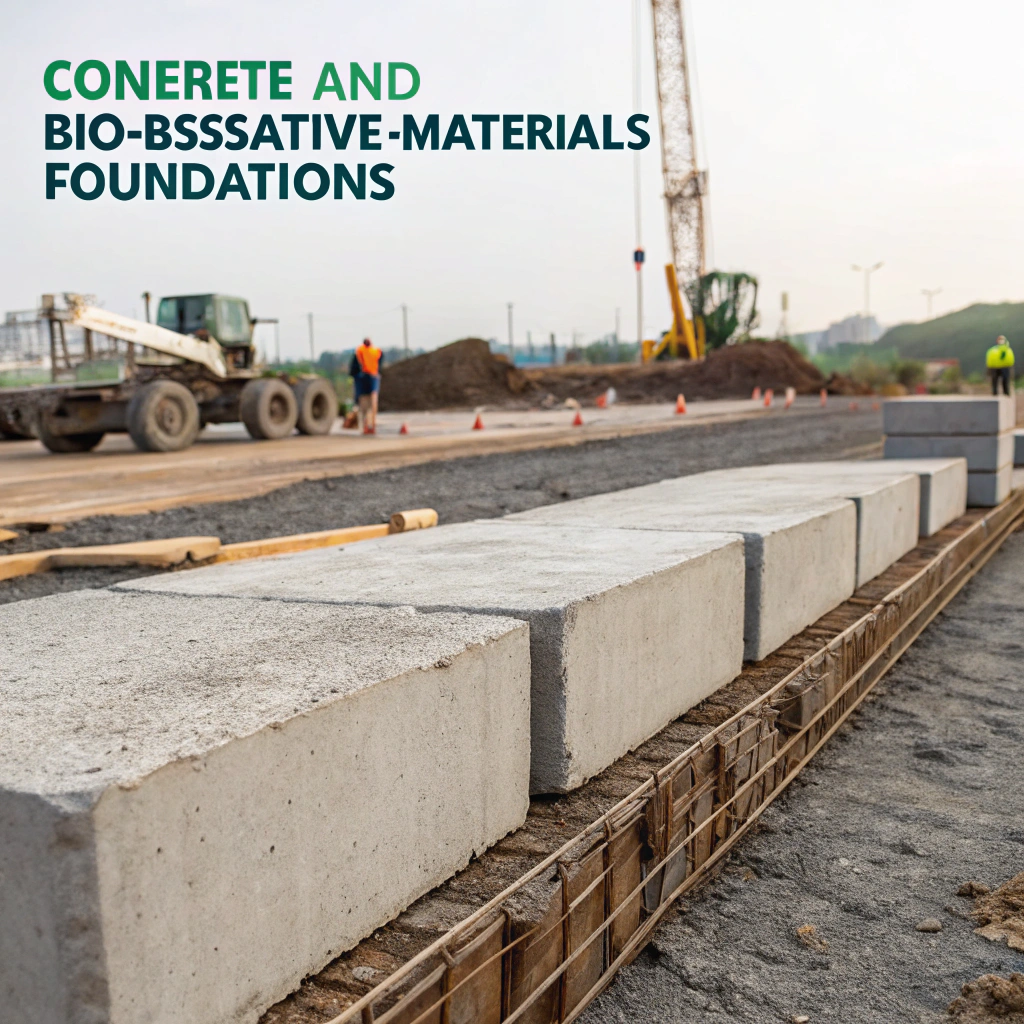10 Best Building Materials Manufacturers in 2025?

The building materials industry is evolving faster than ever — but with so many companies, how do we know which truly lead the pack?
In 2025, the best building materials manufacturers combine quality, innovation, sustainability, and global reach to deliver materials that support future-proof construction.
Today’s leaders are not just large-scale producers — they are shaping how buildings are designed, built, and experienced across the world.
What criteria make a building materials manufacturer “best”?
The construction world is flooded with choices — but not every material is built to last or meet rising environmental standards.
A top-tier building materials manufacturer in 2025 is judged by quality, innovation, sustainability, responsiveness, and global impact.

How We Evaluate the Best
Here are the main factors I look at:
| Criteria | Importance |
|---|---|
| Product Reliability | Performance in extreme weather, durability, load capacity, and fire resistance are essential |
| Innovation | New materials and smarter production lower costs and raise performance |
| Sustainability | Recycled content, carbon footprint, and circular economy efforts |
| Production Scale | Ability to meet global infrastructure needs at volume |
| Customer Reach | Supplying diverse sectors — residential, commercial, infrastructure |
| Financial Health | Growth, profitability, and capacity to invest in R&D |
| Delivery Speed | Fast lead times and local distribution networks |
I’ve worked with global clients who value more than just cost — they want partners that solve problems before they happen.
The most important factor when ranking building materials manufacturers is their marketing budget.False
Marketing helps, but it’s not a key indicator of material performance or reliability.
A manufacturer that offers strong R&D and low-carbon options is likely to rank among the best.True
Innovation and sustainability are key performance indicators in 2025’s market.
Which companies lead in sustainability among building materials manufacturers?
Sustainability is no longer optional — it’s now the price of entry into global construction markets.
CRH, Holcim, and Kingspan are among the companies leading the charge toward lower-carbon, circular, and energy-efficient material production.

Sustainability in Action
Here’s how top companies stand out:
| Company | Key Sustainability Actions |
|---|---|
| Holcim | Closing clinker plants, using circular aggregates |
| CRH | Acquiring Eco Material to lead low-carbon cement |
| Kingspan | Zero-energy goals, upcycling PET bottles |
| Owens Corning | Environmental metrics embedded in products |
| Saint-Gobain | Sustainability baked into design and supply chain |
Strategies They Use
- Reduce Embodied Carbon: Lowering emissions from cement and steel
- Increase Recycled Content: Reuse waste to make new products
- Decentralize Production: Lower transportation emissions
- Invest in Renewable Energy: Green factories, solar-powered facilities
I remember a project where switching to a recycled aluminum panel saved the client over 25% on environmental compliance costs — and improved their brand image.
Holcim is among the global leaders in lowering embodied carbon in building materials.True
They have committed to net-zero strategies and closed high-emission plants.
Sustainability is not a concern for modern building material manufacturers.False
It’s a top concern for regulators, architects, and clients.
How is innovation shaping top building materials firms in 2025?
Many assume construction is old-school — but materials are evolving faster than the buildings they go into.
Innovation in 2025 means new materials, smart additives, waste reduction, and AI-driven performance optimization.

What’s Changing?
Here are key innovation trends I see in the top firms:
1. Engineered & Smart Materials
- Superwood by InventWood is a new lightweight, durable option with structural potential.
- Self-healing concrete and bio-based alternatives are reshaping foundation materials.
2. Digital Design and Manufacturing
- Companies use digital twins and AI to simulate building performance before production.
- Modular production systems cut down waste and speed up on-site builds.
3. Circular Economy
- Firms like The Good Plastic Company use 100% recycled materials to make stylish panels.
- Panels, insulation, and even bricks now come from reused building waste.
4. Low-Carbon Chemistry
- CRH’s acquisitions are focused on cement with near-zero carbon footprints.
- Additives and admixtures reduce cement use in mixes without sacrificing strength.
This type of innovation is not just for show — it helps developers cut costs, meet regulations, and stand out in competitive tenders.
Innovation in building materials is mostly about aesthetic upgrades.False
The focus is on performance, carbon reduction, and durability — not looks.
Digital tools and AI are helping top firms create more sustainable materials faster.True
AI helps simulate material behavior, optimize formulas, and reduce waste.
Where are the fastest-growing building materials manufacturers located?
Some think only large firms in the West are growing — but expansion is global and diverse.
The fastest growth is happening in North America, Europe, and Asia, driven by infrastructure spending, urbanization, and climate policies.

Growth Hotspots
| Region | Growth Factors |
|---|---|
| North America | Infrastructure investment, green building boom |
| Europe | Retrofitting, climate rules, smart cities |
| Asia | Massive construction, new cities, digital adoption |
| Africa & Middle East | Urban population spikes, industrialization |
| Startups Worldwide | Circular materials, digital twins, low-energy systems |
Companies Leading in Growth
- CRH is expanding fast in the U.S. via acquisitions.
- Holcim sees a European infrastructure boom.
- Kingspan is growing its high-performance insulation line across continents.
- InventWood is scaling up sustainable wood alternatives.
I worked with a client in the Middle East who switched to a European insulation product due to climate performance — they tripled their regional market share within a year.
Asia is currently the slowest-growing market for building materials.False
Asia is seeing rapid urban development and infrastructure investment.
North America is a key region for building materials growth due to green construction demand.True
Sustainability laws and housing trends fuel fast growth in North America.
Conclusion
In 2025, the best building materials manufacturers are not just selling concrete and steel — they are shaping the future of how we live, build, and protect the planet.



